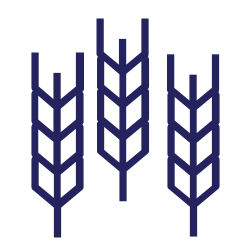The Manitoba Corn Initiative: Fertilization strategies for alternative tillage systems for corn production
Crop Types
- Corn
Collaborating Locations
University of ManitobaBackground
Most crops in the Prairies show substantial improvement in early season vigour, maturity and yield for placing P fertilizer in or near the seed row, especially when root growth and soil P availability is poor due to cold soils. However, most corn planters lack the capacity for placing P in or near the seed. Options to consider for addressing this issue include adding fertilizer side-banding equipment to planters and precision pre-plant banding P during strip tillage, for examples.
Objectives
This project is a part of the larger Manitoba Corn Initiative - Corn Agronomy, fertility and agrometeorology. Overall objectives for the program include:
- Identify the best crops to grow prior to corn in a rotation
- Evaluate fertilization strategies for corn grown after canola
- Conduct an economic analysis of optimal crop rotations involving corn
- Identify optimum corn residue management strategies
- Evaluate fertilization strategies for alternative tillage systems for corn production
- Evaluate the corn heat unit system for Manitoba
Summary
This residue management study evaluated corn response to fall banded and spring side banded P fertilizer in strip-tillage and conventional tillage. Treatments included a control (no P), two rates of P (30 and 60 kg P2O5 ha-1) in the form of MAP, applied either in the fall as a deep band (10-13 cm deep) with a strip-till unit or in the spring as a side band with a corn planter. At Carman in 2015 and 2016, spring side banded P treatments increased early season biomass by up to 103% compared to the unfertilized controls. Spring side banded P treatments consistently increased early season P concentration in plant tissue and P uptake at all site-years, relative to the unfertilized control. Banded P treatments reduced days to silking by 2-3 d compared to the unfertilized control. At harvest, banded P treatments reduced moisture by 1-2 g kg-1 at both site-years in 2016. Spring side band P treatments increased grain yield by
8 an average of 467 kg ha-1 relative to the unfertilized control and out-yielded the fall deep banded treatments by 470 kg ha-1, regardless of the tillage treatment.
Key Takeaways
- Fall strip tillage for corn can provide soil conservation benefits of reduced tillage compared to conventional tillage without penalty
- Starter fertilizer close to the seed allowed corn to have excellent access to P
- Side-banded P at planting is agronomically superior to precision fall deep-banding for corn, keeping n mind the fall banded placement in this study was deeper compared to most common fall applications in MB.












